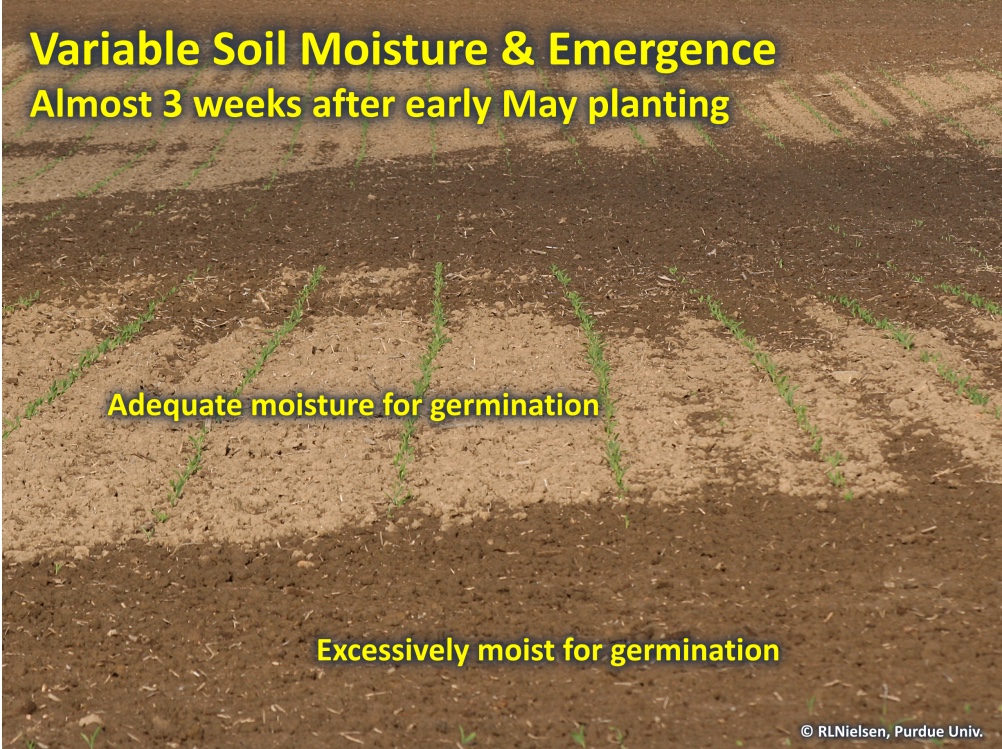
Rapid, uniform germination and emergence of corn help set the stage for maximum grain yield at the end of the season.


Rapid, uniform germination and emergence of corn help set the stage for maximum grain yield at the end of the season.
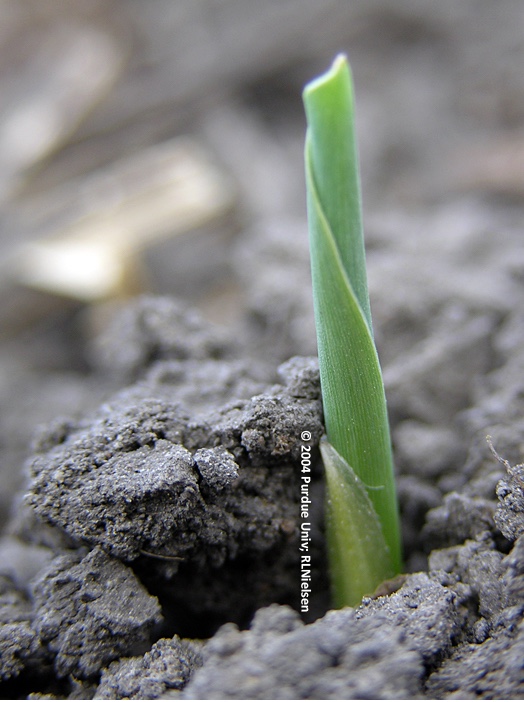
Successful stand establishment of a corn crop relies on many factors, including the successful emergence of the seedlings in the first place.
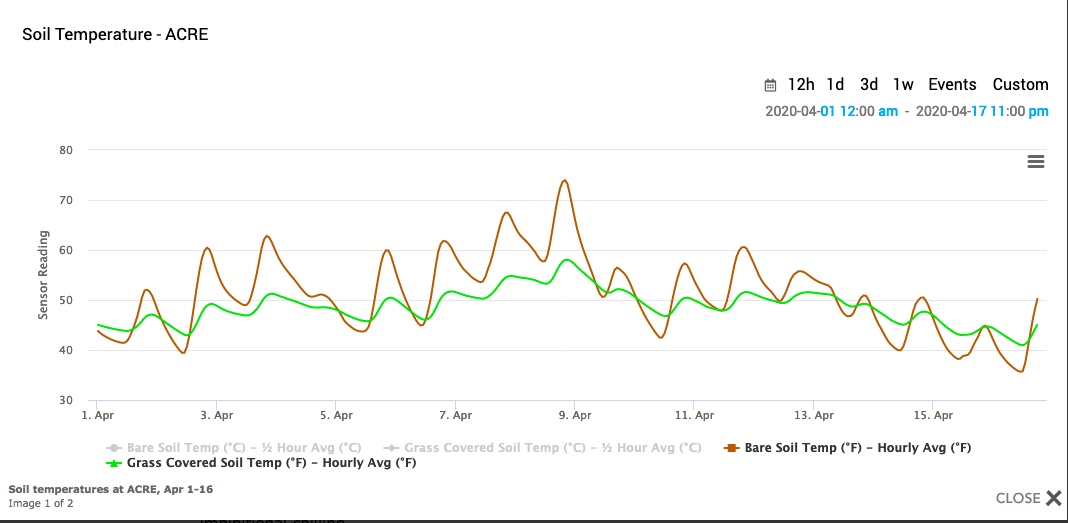
While the coffeeshop rumor mills were active this past week with talk of “a lot” of corn planting going in areas of the state, in reality very little planting actually occurred (USDA Weekly Crop Progress, 13 Apr 2020).
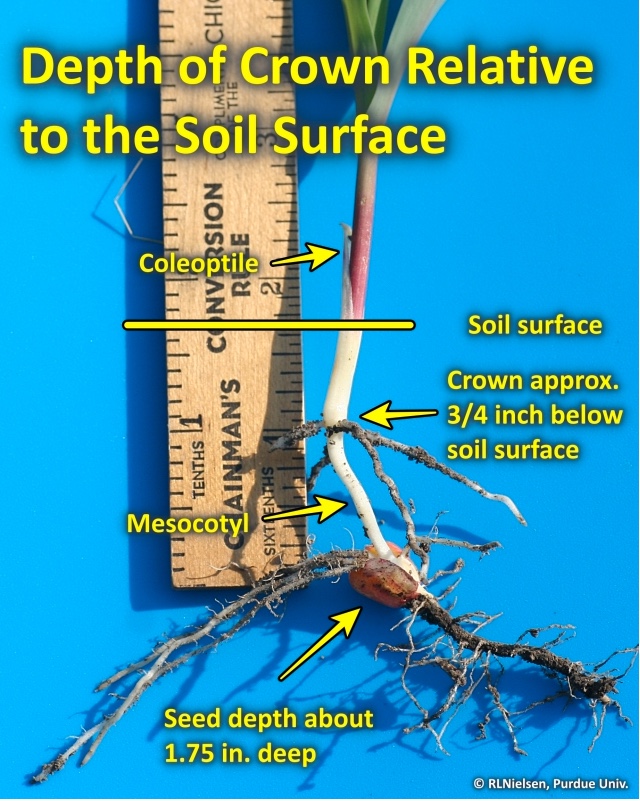
Successful germination alone does not guarantee successful emergence of a corn crop. Elongation of the mesocotyl must elevate the coleoptile to the soil surface before the inner true leaves emerge from the protective tissue of the coleoptile.
The short answer to the question posed by the title of this article is: “Whenever you want to begin planting corn.”
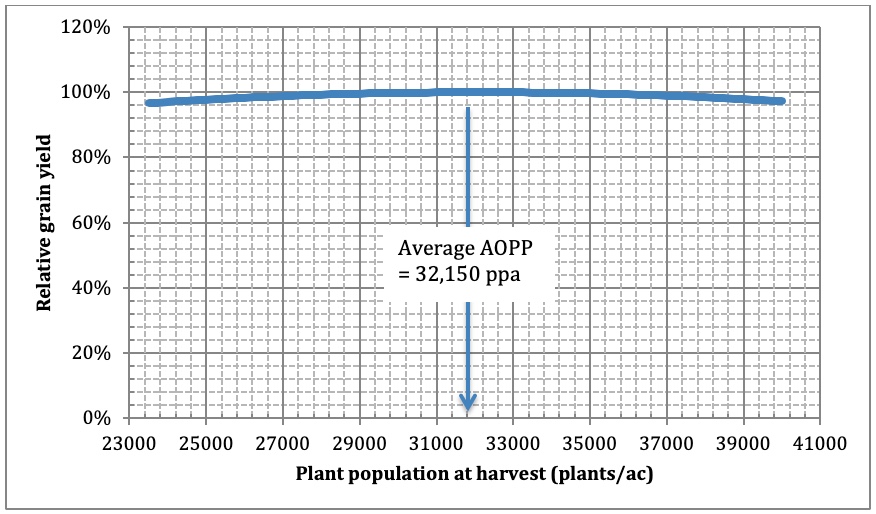
Seed corn represents the single most expensive variable input cost for Indiana corn growers (Langemeier et al., 2019) and so choosing the most economical seeding rate is important for maximizing that dollar return to seed at harvest time.
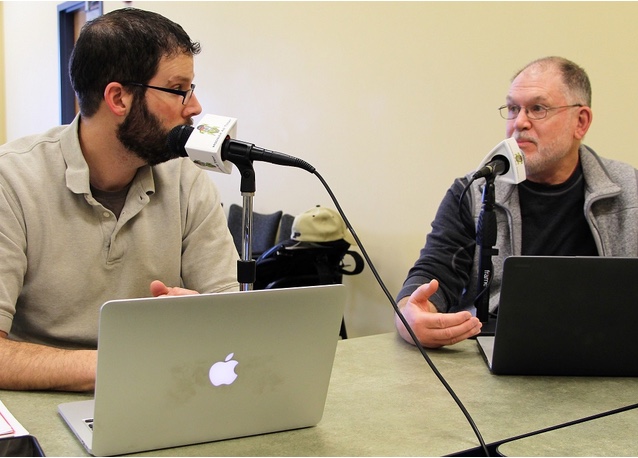
Purdue Extension and Hoosier Ag Today have teamed up for a new podcast to provide timely, relevant and credible agronomic insights to listeners. Purdue Crop Chat features extension corn and soybean specialists Dr. Bob Nielsen and Dr. Shaun Casteel from Purdue.
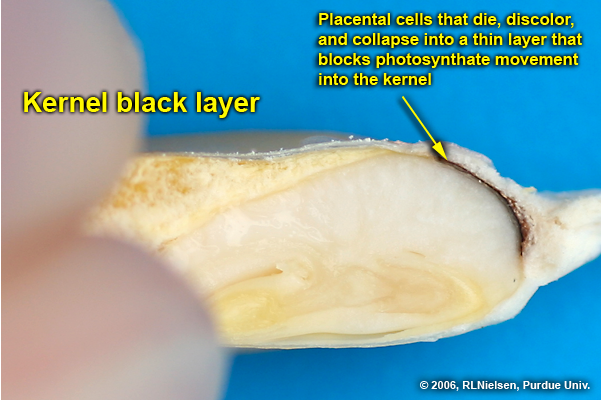
Forecasts for freezing or near-freezing temperatures when late-planted fields of corn are not yet mature (i.e., not yet at kernel black layer) are naturally concerning to farmers and the grain markets.
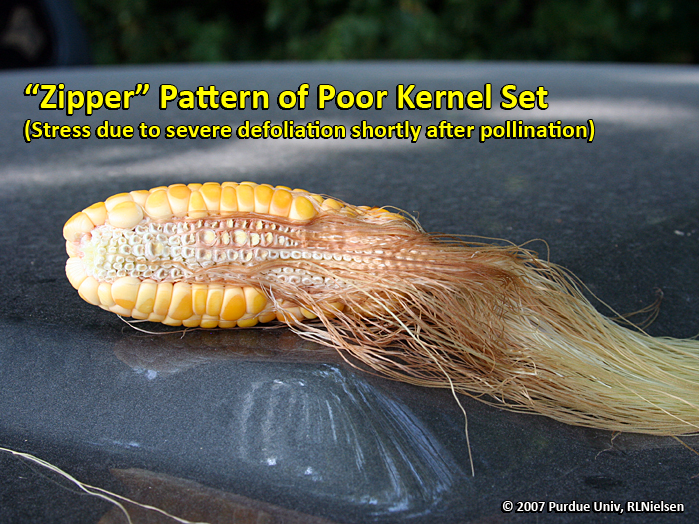
The occurrence of severe photosynthetic stress (severe drought, extreme heat, severe nutrient deficiency, severe foliar disease) during or shortly after pollination in corn often results in poorly filled ears due to incomplete pollination or abortion of young kernels.
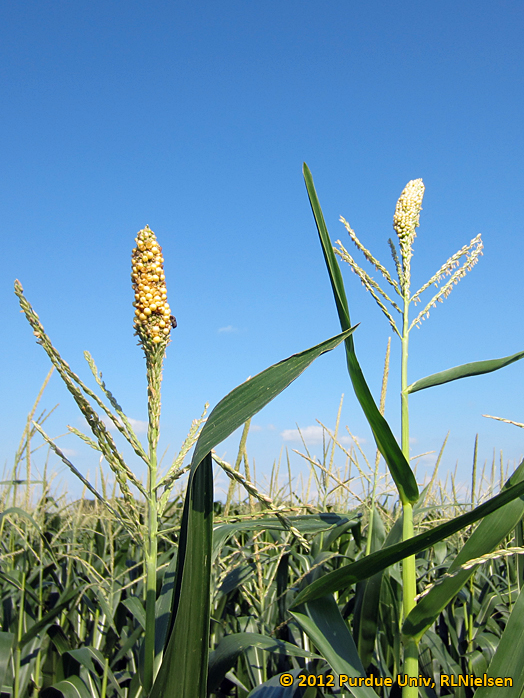
Seems like every year some fellow walks into the Chat ‘n Chew Cafe carrying an odd-looking tassel that is part tassel and part ear to show off to the guys over at the corner table.
© 2024 Purdue University | An equal access/equal opportunity university | Copyright Complaints | Maintained by Pest&Crop newsletter
If you have trouble accessing this page because of a disability, please contact Pest&Crop newsletter at luck@purdue.edu.